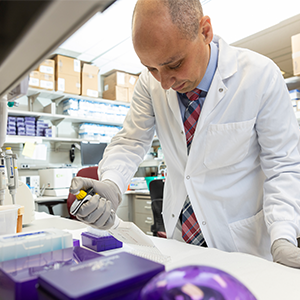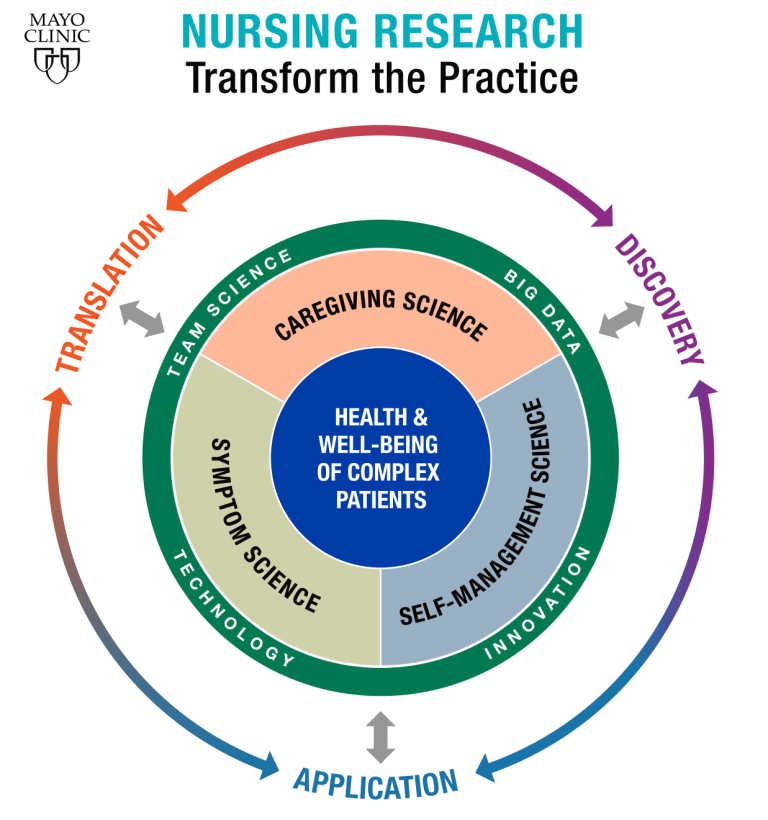-
Mayo Clinic Minute: What’s an MRI, and why do I need one?
MRI stands for magnetic resonance imaging. It’s a noninvasive way for your health care provider to examine your organs, tissues and skeletal system.
While an X-ray is great for looking at bone, an MRI also can examine soft tissue and organs. Dr. Phillip Young, a radiologist at Mayo Clinic, says this technology can diagnose many problems. Plus there’s no radiation.
Journalists: A broadcast-quality video pkg (1:00) is in the downloads. Read the script.
Your health care provider just ordered an MRI exam to get a better look at your soft tissues and internal organs.
At Mayo Clinic, you'll be in a hospital gown and wheeled into a large donut-shaped machine.
MRIs use magnets and radio waves to create sophisticated images.
"It's an imaging technology that allows us to see inside patients and make diagnoses without ever having to do anything invasive or surgical," Dr. Young says.
He says MRI scans are used for a wide range of exams, including brain and spine, knees, abdominal organs, pancreas, kidneys, and female pelvic organs, as well as breast cancer screening.
"And, increasingly, we're using it in patients, for example, like prostate cancer patients, where they may have an elevated screening lab test," Dr. Young says. "And we can help to kind of define the role for more aggressive or invasive workup."
Dr. Young says MRI is a radiation-free, rapidly advancing technology that allows patients to be diagnosed and cared for earlier.
"MRI does not have any ionizing radiation or long-term adverse effects, and that's one of the real beauties of the technology."







